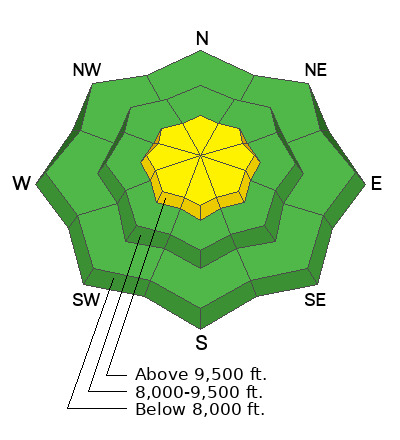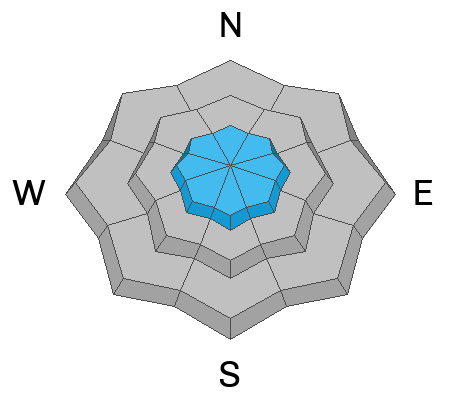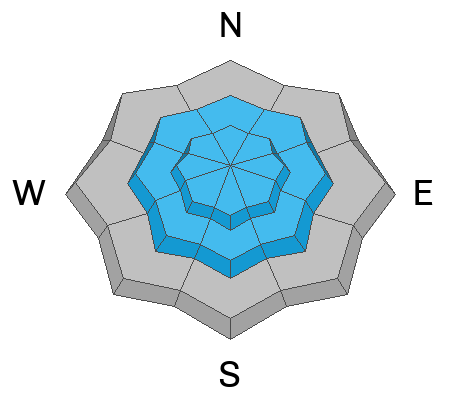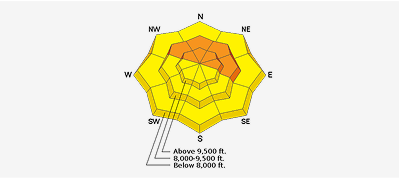Forecast for the Provo Area Mountains

Issued by Nikki Champion on
Wednesday morning, April 2, 2025
Wednesday morning, April 2, 2025
Today, MODERATE avalanche danger exists on all aspects at upper elevations, where human-triggered avalanches in new or wind-drifted snow are possible in steep terrain. While new snow instabilities should settle throughout the day, the likelihood of triggering an avalanche within the new snow will be highest early this morning. Avalanche danger will decrease as you lose elevation and move out of the wind zone.
With any hint of April sun, there is a chance of wet avalanches on low-elevation or southerly-facing terrain. Pay attention to changing conditions, and if the sun comes out, it's time to change aspects.
Practice good travel techniques and limit exposure—only one person on steep terrain at a time.

Low
Moderate
Considerable
High
Extreme
Learn how to read the forecast here








